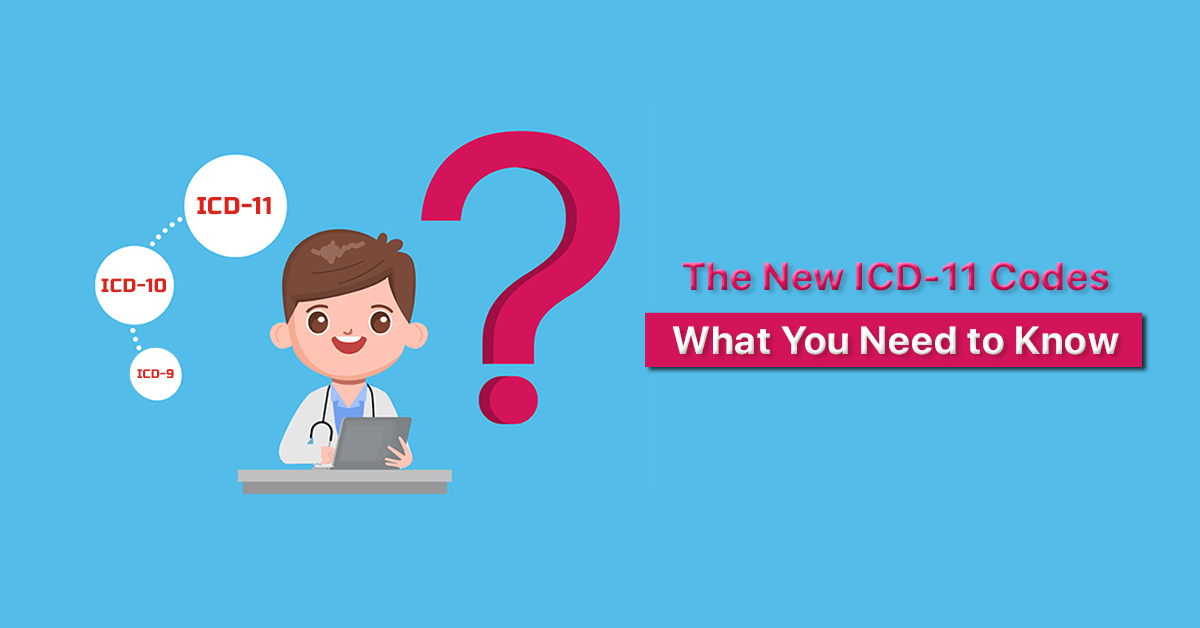In the ever-evolving field of healthcare, accurate diagnosis and effective treatment depend on a universal coding system that provides a common language for medical professionals worldwide. The International Classification of Diseases (ICD) serves as the backbone of this system, and with the recent transition to ICD-11, a new era of coding has begun. In this article, we will explore the significant changes introduced by ICD-11 codes and shed light on what you need to know about this updated classification.
The Evolution of the ICD
The ICD is a comprehensive classification system that enables the uniform recording, reporting, and analysis of health conditions and their related factors. It plays a vital role in clinical decision-making, healthcare planning, research, and policy development. The ICD has been regularly updated to keep pace with advancements in medical knowledge, technology, and terminology. The latest revision, ICD-11, represents a significant milestone in the evolution of this essential coding system.
Related Article:
|
What’s New in ICD-11:
ICD-11 represents a significant milestone in the evolution of medical coding. It introduces several key changes that enhance the accuracy, specificity, and clinical relevance of the codes. Some notable features include:
A. Enhanced Coding Structure:
ICD-11 incorporates an improved hierarchical structure, allowing for better organization and categorization of diseases. It offers more detailed codes that capture clinical information with greater precision.
B. Expanded Terminology:
The new classification system includes updated medical terminology that aligns with the current understanding of diseases and conditions. This expansion accommodates emerging diagnoses and reflects advancements in medical science and technology.
C. Increased Focus on Public Health:
Recognizing the importance of public health concerns, the ICD-11 includes new chapters on sexual health, traditional medicine, and gaming disorders. Additionally, it places a greater emphasis on social determinants of health, acknowledging the impact of socioeconomic factors on overall well-being.
D. Emphasis on Functioning:
ICD-11 recognizes the significance of patient functioning and places greater emphasis on the impact of health conditions on an individual’s daily life. It introduces the International Classification of Functioning, Disability, and Health (ICF) framework, providing a comprehensive view of health conditions and their associated disabilities.
E. Integration of Electronic Health Records (EHR)
ICD-11 facilitates the integration of electronic health records, allowing for seamless data exchange and interoperability across different healthcare systems. This integration streamlines clinical workflows, improves patient care, and enhances research capabilities.
Benefits and Implications:
The adoption of ICD-11 brings several benefits to the healthcare community:
- Improved Diagnostic Accuracy: The enhanced coding structure and expanded terminology enable clinicians to accurately describe and classify diseases, leading to more precise diagnoses and better treatment planning.
- Enhanced Epidemiological Data: With the ability to capture a broader range of health conditions, ICD-11 facilitates more comprehensive and accurate collection of epidemiological data. This data is invaluable for monitoring public health, identifying emerging health trends, and developing evidence-based policies.
- International Compatibility: ICD-11 promotes global interoperability by aligning coding systems across different countries. This harmonization enhances the sharing of medical information, facilitates international collaboration, and supports comparative research.
- Person-Centered Care: By integrating the ICF framework, ICD-11 recognizes the importance of personalized, patient-centered care. It acknowledges the impact of health conditions on an individual’s functioning and promotes a holistic approach to healthcare.
Transition and Implementation:
The transition to ICD-11 is a gradual process that involves training, infrastructure adjustments, and updates to electronic systems. It requires collaboration among healthcare organizations, policymakers, and software vendors to ensure a smooth and successful implementation.
As the healthcare landscape evolves, the introduction of ICD-11 codes marks a significant step forward in standardizing disease classification. The new system offers improved accuracy, greater clinical relevance, and enhanced compatibility across borders. By embracing ICD-11, healthcare professionals and organizations can contribute to better patient care, research, and global health outcomes. Keeping pace with these changes and understanding the new ICD-11 codes is crucial for staying at the forefront of modern healthcare.

